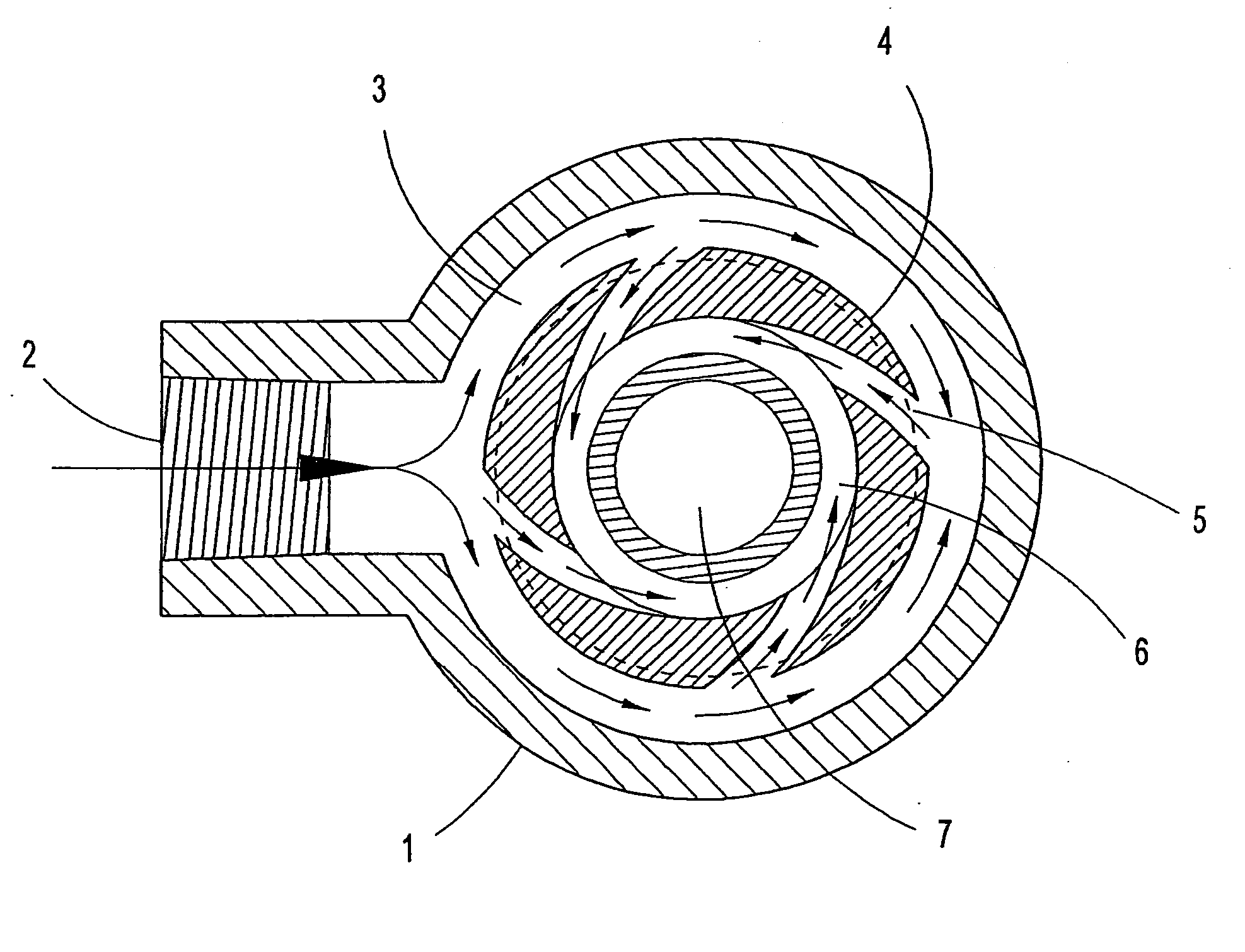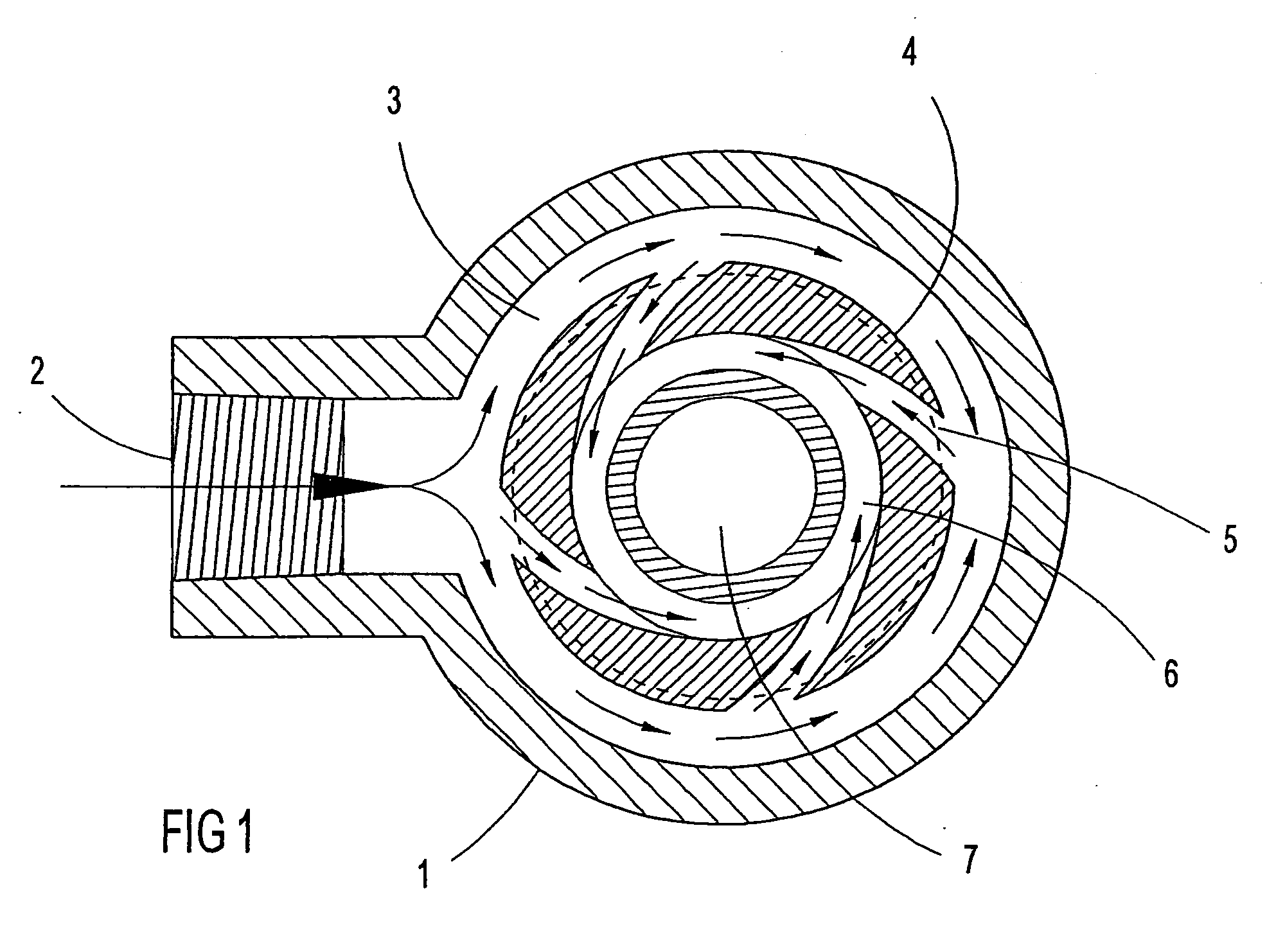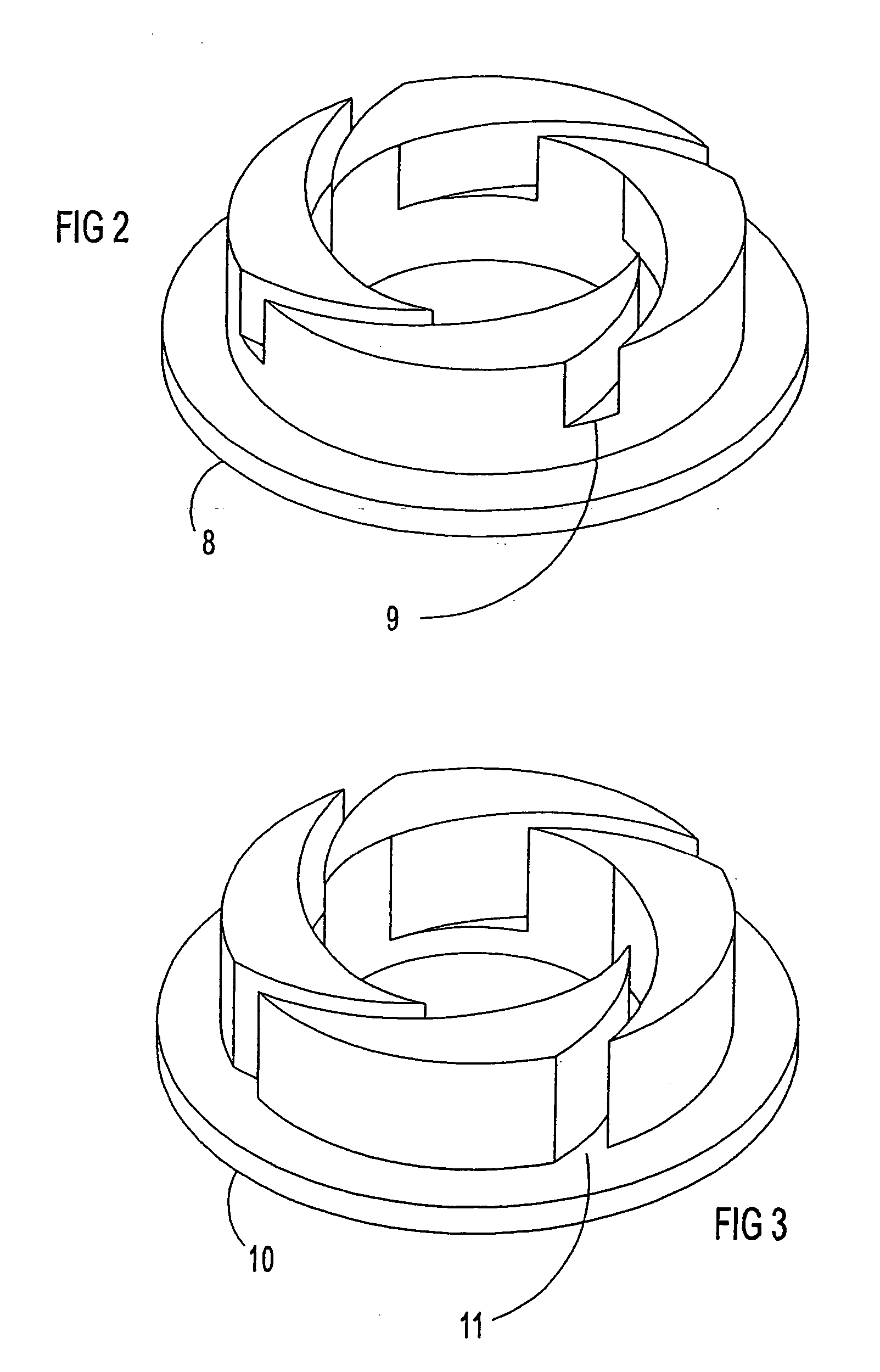Methods and apparatus for enhancing venturi suction in eductor mixers
a technology of eductor mixer and suction tube, which is applied in the direction of filtration separation, wellbore/well accessories, separation process, etc., can solve the problems of increasing the cost of doing business, clogging up the drain line from the kitchen to the grease trap, and animal fat rendered during the cooking process can congeal, so as to increase the amount of secondary fluid drawn, increase the length of venturi suction, and increase the effect of efficiency
- Summary
- Abstract
- Description
- Claims
- Application Information
AI Technical Summary
Benefits of technology
Problems solved by technology
Method used
Image
Examples
second embodiment
[0141]FIGS. 27a-c illustrate three views of the eductor 320 in accordance with the present invention. FIG. 27a provides an elevation view of the primary fluid inlet (e.g. for water) end 321 of the eductor 320. FIG. 27b provides a side elevation view of the eductor 320 and identifies the primary fluid inlet (e.g. for water) 321, the secondary inlet 322 (e.g. for air), and the outlet 324. FIG. 27c provides an elevation view of the outlet end 324 of the eductor 320 from which a Sectional View A-A is taken.
[0142]FIG. 28 depicts a longitudinal Sectional View A-A of the eductor 320 taken from FIG. 27c in accordance with the present invention. The eductor 320 may comprise a primary fluid inlet (e.g. for water) 321, a circular venturi inlet 325 conically shaped on the outside, a circular venturi 326, an secondary inlet 322 (e.g. for air), a circular venturi outlet 328 expanding outward 328 and in a straight line 329 on its inside diameter, and an eductor outlet 324. The arrows indicate the ...
third embodiment
[0143]FIG. 29 depicts a three-dimensional illustration of an eductor 330 with three linear venturi forming three concentric rings with each venturi opening in the form of a narrow ring in accordance with the present invention for mixing fluids. The eductor 330 generally may comprise a primary fluid inlet (e.g. for water) 331, an secondary inlet 332 (e.g. for air), and three expanding outlets 335, 336, and 337 where the mixture (e.g. water-air) exits the outlet 334 of the eductor 330 in the form of three expanding rings. The eductor 330 can be adapted with a threaded 333 or flanged (not shown) outlet so it can be incorporated into a distribution piping system.
[0144]FIGS. 30a-30c illustrate three views of the third embodiment of the eductor 330 in accordance with the present invention. FIG. 30a provides an elevation view of the primary fluid inlet (e.g. for water) end 331 of the eductor 330. FIG. 30b provides a side elevation view of the eductor 330 and identifies the primary fluid in...
fourth embodiment
[0147]FIG. 32 depicts a three-dimensional illustration of an eductor 350 with a linear venturi opening in the shape of a thin rectangle in accordance with the present invention for mixing fluids. The eductor 350 is constructed of a housing 355 with a venturi assembly 354 inserted into the housing 355, which functionally may comprise a primary fluid inlet (e.g. for water) 351, an secondary inlet (e.g. for air) 352, and an outlet 353 where the mixture (e.g. water-air) exits the eductor 350. There are water and secondary inlets (e.g. for air) 351 and 352, respectively, on both top and bottom of the eductor 350.
[0148]FIGS. 33a-33c illustrate three views of the fourth embodiment of the eductor 350 in accordance with the present invention. FIG. 33a provides a top view of the eductor 350 indicating the primary fluid inlet (e.g. for water) 351, the secondary inlet (e.g. for air) 352, and the outlet 353 of the eductor 350 with a Sectional View B-B taken. FIG. 33b provides a side elevation vi...
PUM
| Property | Measurement | Unit |
|---|---|---|
| Pressure | aaaaa | aaaaa |
| Flow rate | aaaaa | aaaaa |
| Diameter | aaaaa | aaaaa |
Abstract
Description
Claims
Application Information
 Login to View More
Login to View More - R&D
- Intellectual Property
- Life Sciences
- Materials
- Tech Scout
- Unparalleled Data Quality
- Higher Quality Content
- 60% Fewer Hallucinations
Browse by: Latest US Patents, China's latest patents, Technical Efficacy Thesaurus, Application Domain, Technology Topic, Popular Technical Reports.
© 2025 PatSnap. All rights reserved.Legal|Privacy policy|Modern Slavery Act Transparency Statement|Sitemap|About US| Contact US: help@patsnap.com



